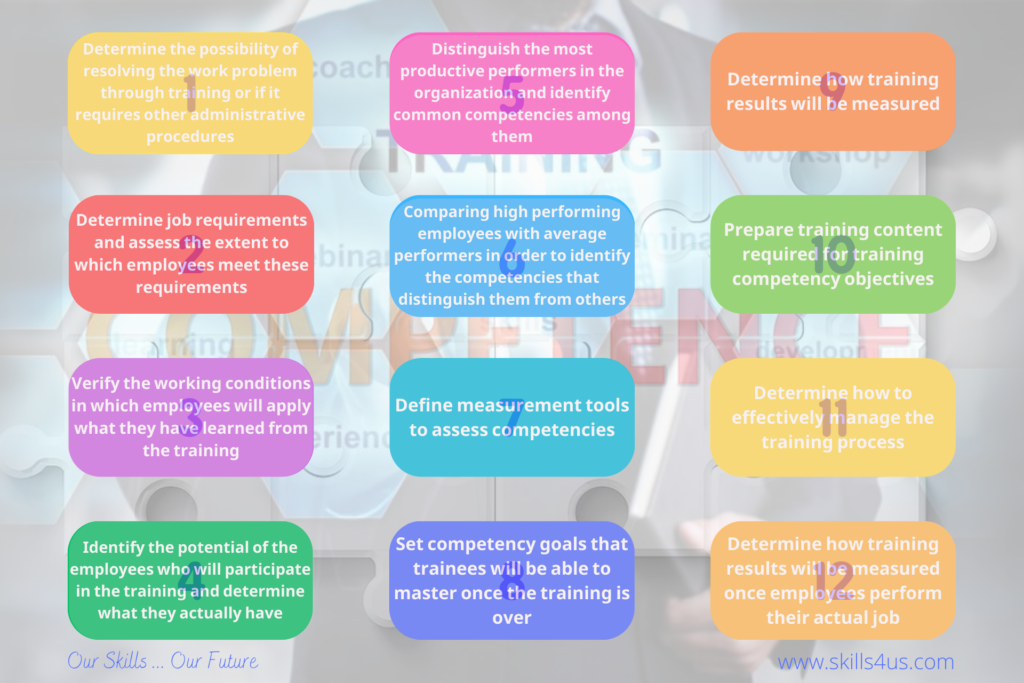
Competency-Based Training (CBT) Enhances Performance And Professional Development
Competency-Based Training (CBT) is the most effective form of employee training. And has the potential to create a competitive advantage through human talent. CBT can assist employees by tailoring training to specific learning goals or outcomes based on skill requirements. With this type of training, the expected results must be clearly defined. So that the trainee knows precisely what is expected of him. Thus, a competitive advantage is achieved for organizations that understand the characteristics that lead to the best results. It will also be better positioned to recruit, select, develop, and promote its best talent. Ultimately, the organizational goal is to create core competency models for specific job roles that contribute to organizational-wide strategic goals.
Why is competency critical in determining training trends in modern organizations?
Many organizations implement CBT because it helps prioritize training budgets and drive results. When individual competencies are matched against job competency models. It bridges the gap in the competency model so that the employee reaches their ultimate potential. Therefore, human resources and learning and development specialists prefer this type of training. As it is possible to develop employee performance and achieve their career goals, which greatly benefits the organization. Some of the reasons why competency is considered necessary in determining training trends in modern organizations are given below:
1. Competencies are built over years of experience and training
Competencies are often characteristics or attributes inherent in employees’ behavior and attitudes, built over years of experience and training. Thus, to understand the performance of successful employees, learning and development managers monitor them to know how they have developed their core competencies over time. Therefore, based on the results of follow-up and monitoring, they can clearly and systematically identify the components of CBT. As it is likely to achieve the objectives required of it effectively that benefit the employees and the organization.
2. Defining competencies enables HR professionals to make more effective decisions
By analyzing and identifying the competencies, the organization will identify the core competencies gaps required to achieve the short and long-term strategic objectives. In addition, systematically, CBT ensures that these gaps are bridged, staff performance is developed, and thus the organization’s goals are achieved. They knew that identifying competency gaps also enables HR professionals to make hiring, onboarding, performance management, compensation, and succession planning decisions more effectively.
3. Competency analysis enhances career paths and professional development plans
Employees need to understand their abilities and competencies, which makes them more able to develop their professional development plans. Therefore, competency analysis provides a comprehensive and clear view of human resource professionals and helps them identify the components of CBT. Knowing this will also help them discuss and promote career paths and professional development plans that enable employees to advance and reach the best of their potential and abilities to achieve high performance.
Steps to implementing Competency-Based Training (CBT)

Without a doubt, if the employee is unwilling to take responsibility for his learning and development, the efforts of HR professionals to provide rich learning and development experiences will be in vain.



